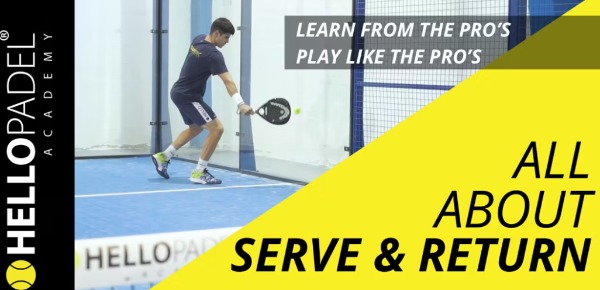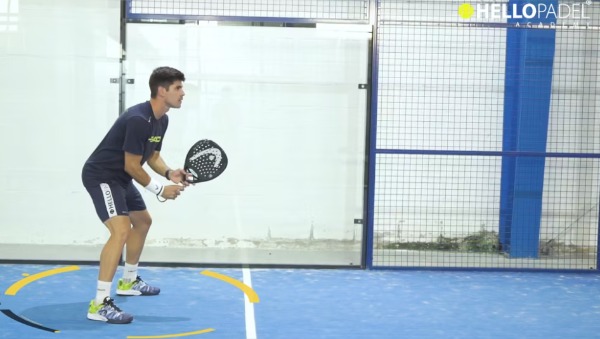INTRODUCTION TO THE RETURN OF SERVE
The return of serve is the stroke we use to return the opponent’s serve. Although it is a shot that does not stand out visually, that often goes unnoticed and with which it is very difficult to win the point or even just force the error, it is a very important shot in padel. However, as with the serve, it is a stroke that we practice much less than other strokes during training sessions, and even less, in a specific and deliberate way. But as said, the return is a very important stroke, as its quality of execution and tactical success will depend on whether you start the point with a chance of winning the initiative or start it defending.
We are going to talk about the technical elements of the return, where we should position ourselves, the tactical objectives and the most common mistakes that are made when executing this shot.
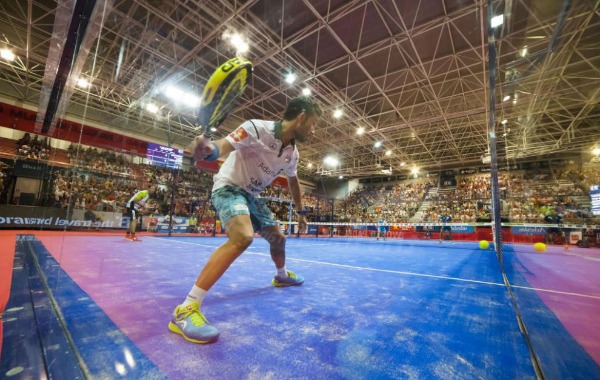

THE RETURN TECHNIQUE
- Waiting position- knees bent and with the trunk of the body leaning forward. This will allow us to react much faster and lower our centre of gravity, which is fundamental in the return, as most serves will come in low and with slice spin so that the ball rises very little.
- Shorter than normal preparation and lower than a “normal” forehand. This is because: – The ball usually comes fast and low (if our opponent is a good server). – The distance the ball has to travel until our impact is barely more than 6–7 metres. With the speed that the ball brings from the serve, just touching it and accompanying it a little will be enough.
- Position of the body at the moment of the shot : Although the “theoretical” ideal position for forehand or backhand is always sideways, the reality is that in the return of serve, what is really fundamental is to ensure that there is a rotation of the shoulders, as often, especially in high competition, we will not have time to position ourselves sideways, and we will have to return from the face on or semi-face on.
IMPACT RANGE AND SPINS
- Impact range. The ideal range of impact is rather close to the midline of the body or, depending on how the serve is coming and where we want to hit, a little further forward. If we hit the ball too far in front of our body, it would be very difficult to hit a parallel shot or a lob. It is better to let the ball come a little closer to the midline of the body, we will have much more control and a feeling of security.
- Spin effect of the return: Although it is obviously possible to return applying any spin, we advise you to use a flat or light topspin. If we return with a slice and we don’t do it well, the ball will tend to float and rise, which is of no interest to us at all in padel. Also, to return a slice when the ball is coming fast and low is not easy at all.On the other hand, with a flat return and hitting softly, we will have much more security and good control of the ball.And the advantage of giving a touch of topspin, if we are able to do it, is that we will get the ball down more quickly to the opponent’s feet.
- A rather long finish: The follow through after impact will allow us to direct the ball where we want it to go and to control the depth and height of the ball.
WHERE TO STAND
As a general guideline, a good place to return would be one metre behind the service line and one metre away from the side wall.
However, if the player who serves opens up a lot, we should move a little closer to the glass and, on the contrary, if the player who serves comes closer to the centre of the court, we should move a little closer to the centre of the court as well.
* As a general rule, if we can hit the return directly without it touching the wall, all the better.
This way the ball will reach the opponent sooner and will have less time to get to the net, while at the same time eliminating the possibility of getting trapped in the corner of the court.
In addition, letting the ball touch the glass means calculating a new trajectory, and will also affect the speed and spin at which the ball comes at you.
Furthermore, if we let the ball touch the side wall, there will be the possibility that we will run out of physical space to put the padel bat without touching the glass, which would make our return a gift for our opponents.
To learn the return off the sidel-wall: HERE
TACTICS IN THE RETURN OF SERVE
The first objective in the return is to put the ball in play, NOT MISS! It is better to get a return in and easy for your opponents than to give away the point directly. If the ball goes into play, no matter how easy it is, the opponents will have to win the point and there will always be the possibility of an unforced error.
Once we achieve the first objective, we continue with the most widespread recommendation in padel: If the return of serve is easy, return with the lob! We must be very sure about it, because if we fall short, we will find ourselves in a very difficult situation.
To learn the lob return: HERE
If the return of serve is difficult, best to play a low return: If the return is more complicated or we are not sure that we are going to make a good lob, it is better to hit a low shot.
As a second objective of the return and, as far as possible, we would try to hit in a way that makes it difficult for the opponent, in order to try to get the initiative of the point or, at least, so that they can’t attack us.
We should not always look for or try to make the best return in the world, as we are going to make many mistakes. It is advisable to look for a “normal” return, with much more security and with the intention of making the opponent’s shot more difficult.
Where to direct the return:
– To the player who is coming up.
As a general rule, it will always be better to return to the player who has served, as he is the one who is on the run and will be more likely to miss, and probably has not been able to reach the net either, so it will be much easier to hit a ball at his feet.
– To the opponent’s body.
If we do it right, the opponent will find that the ball is coming right to the middle of his body, so he will not be able to separate from the ball enough to be able to hit an offensive volley and will have to hit a rather neutral volley.
– To the backhand volley.
Most players have a better forehand volley than a backhand volley. Therefore, directing our return to the opponent’s backhand volley, as a general rule, will be better than hitting it to the forehand volley. And if we hit it below the net, even better. However, this return also has its risks- If the player who serves is coming up to the net on the return side of the net, then looking to direct the ball to his backhand may leave the ball too close to the middle and therefore there is the “danger” that his partner will come in and catch the ball on the forehand volley.
And if the player who serves is coming up to the net on the advantage side, we will be giving him/her enough of an angle to volley at the fence. Although this will also depend a lot on the skill of the backhand volley.
TYPICAL MISTAKES IN RETURN OF SERVE
1. Incorrect waiting position.
Waiting for the serve with the legs extended and/or the trunk straight.
2. Holding the racket high and tilted to one side.
The racket should be right in the middle of your body and perpendicular to the ground.
3. Standing too close to the white line or the back wall.
As a general rule, this is a mistake. But it should also be said that depending on our ability to return and how our opponent serves, it may not be a mistake.
4. Make a long preparation.
Although the speed at which you serve in padel has nothing to do with tennis, the distance the ball has to travel until it reaches us is much shorter. That is why it is always advisable to make a very short preparation for a return. With the speed at which the ball comes and with our body going forward, a long swing is not required to attain a decent speed.
5. Let the ball come in a lot.
This will cause the impact to be late, so we will not have very good control or strength to return well.
6. Returning the ball by falling onto our back foot.
This will almost certainly cause our return to be slow and high, leaving a ball for our opponents to attack us easily.
IN OTHER WORDS…
The serice return is sometimes a somewhat forgotten stroke in training. As it is a ”forehand and backhand” stroke, it is sometimes not worked on much, thinking that it is already practised while executing the forehand and backhand strokes. This is obviously a mistake. Although the basis of the return (so to speak) is the forehand and backhand, it has its specific peculiarities that make it different and require that it to be worked on as another stroke. In addition, although with a good return we are almost never going to win the point directly or even force the opponent to make a mistake, having a good return will give us a great advantage throughout the match.
Having a good solid return can undermine the opponent’s serve. Imagine that after making your best serves you always receive a good return that does not allow you to start attacking the point, that always neutralizes your attack. Although this return does not win the point, from the point of view of the server it can become very frustrating and it may be that, from this situation, the server seeks to rush his serve even more and misses more first serves and has to play with second serves… that he wants to do more than he should on his first hit after the serve…that he feels more pressure due to the difficulty of winning his serve….
To learn from the pros and reach a #DifferentLevel: HERE
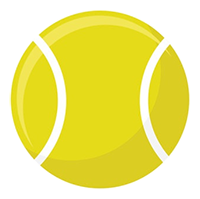 Upgrade now
Upgrade now
